The pumpkin patch vines are producing plenty of big buttery-yellow flowers now which are so pretty. Bees and other insects do a fantastic job of pollinating, but sometimes I hand pollinate my pumpkins and squash to be sure of success or to save seed from a particular variety.

Hand pollination is really simple but first you need to know the differences between male and female flowers. A male flower has a very long stem and doesn’t have a small fruit directly behind it:
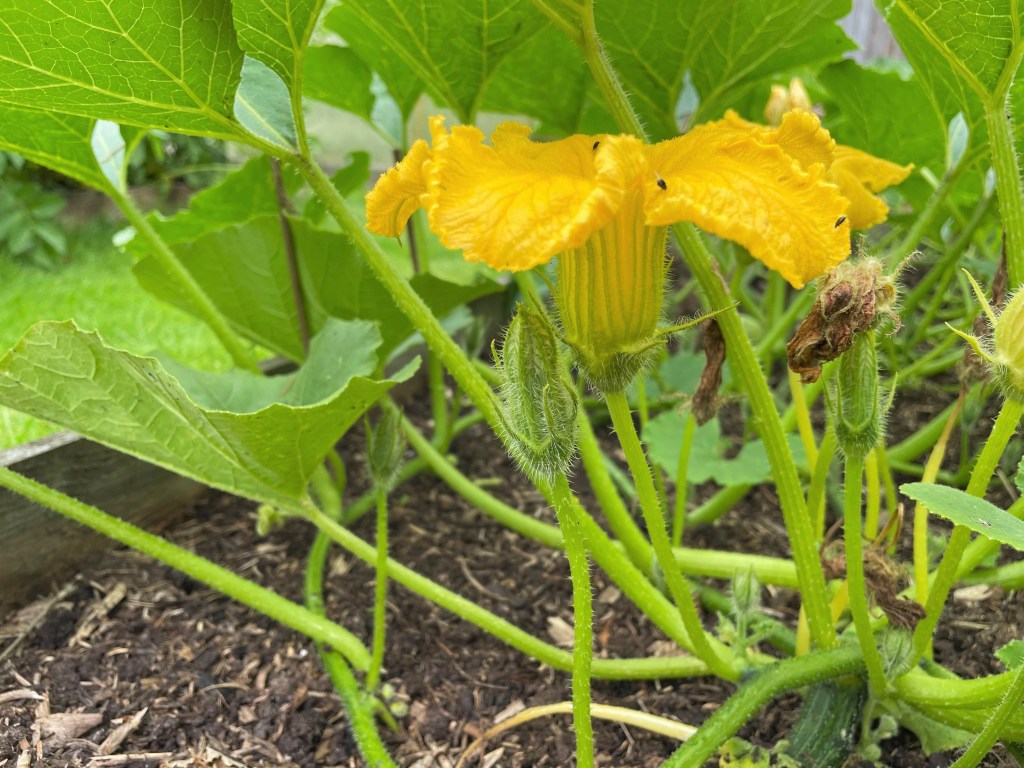
The inside looks like this, a single stamen:

A female flower has a very short stem with a small swelling behind it, this is a baby pumpkin or squash waiting to be pollinated. The flower only lasts for a day or so before wilting and shrivelling up.

The inside of the flower looks like this, a group of stamens called a stigma.

The first flowers to appear in the pumpkin patch will be males, don’t be alarmed if you see them wilting and dropping off the vines, this is perfectly normal. A couple of weeks later the first female flowers begin to open, if males are open at the time then pollination is possible. However, more often than not the first wave of female flowers fail to pollinate and you will see the small rotting fruit drop off the plants. Don’t worry, this is perfectly normal too. Hand pollinating may help in this situation but only if male flowers are ready, which is probably not the case. As the male to female flower ratios even out a little more you’ll find the next lot of baby pumpkins/squash more successful. This is the same for summer squash and courgettes.
How to hand pollinate pumpkins and squash:
Find a male flower and pick it, then carefully remove the petals to the base of the stem to reveal the stamen. Doing this makes it much easier for the pollination process and prevents too much damage being done to the female flower petals.
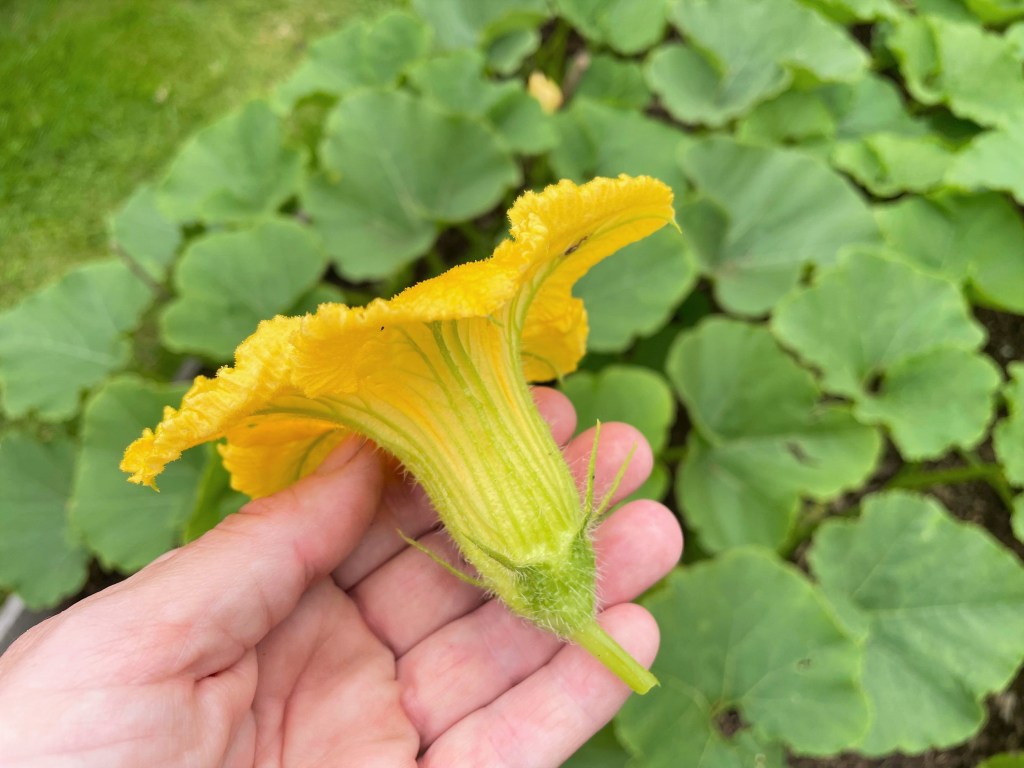
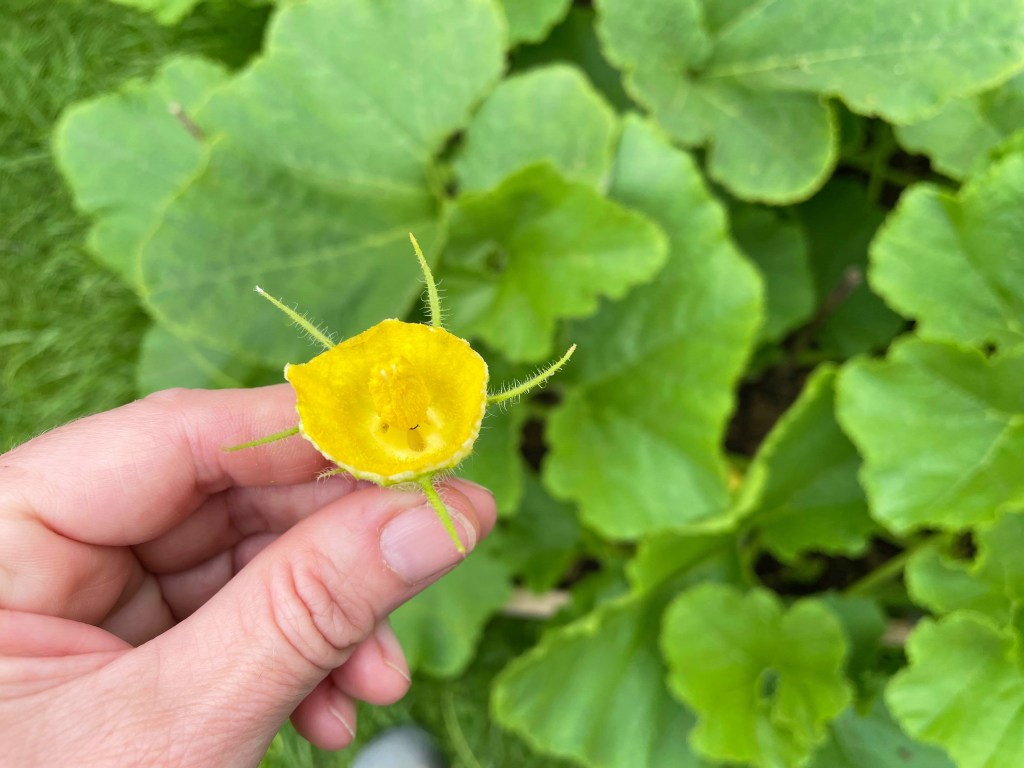
Take this section of the male flower to a newly opened female flower (usually in the morning) and rub the male stamen all over the female stigma to distribute the pollen.
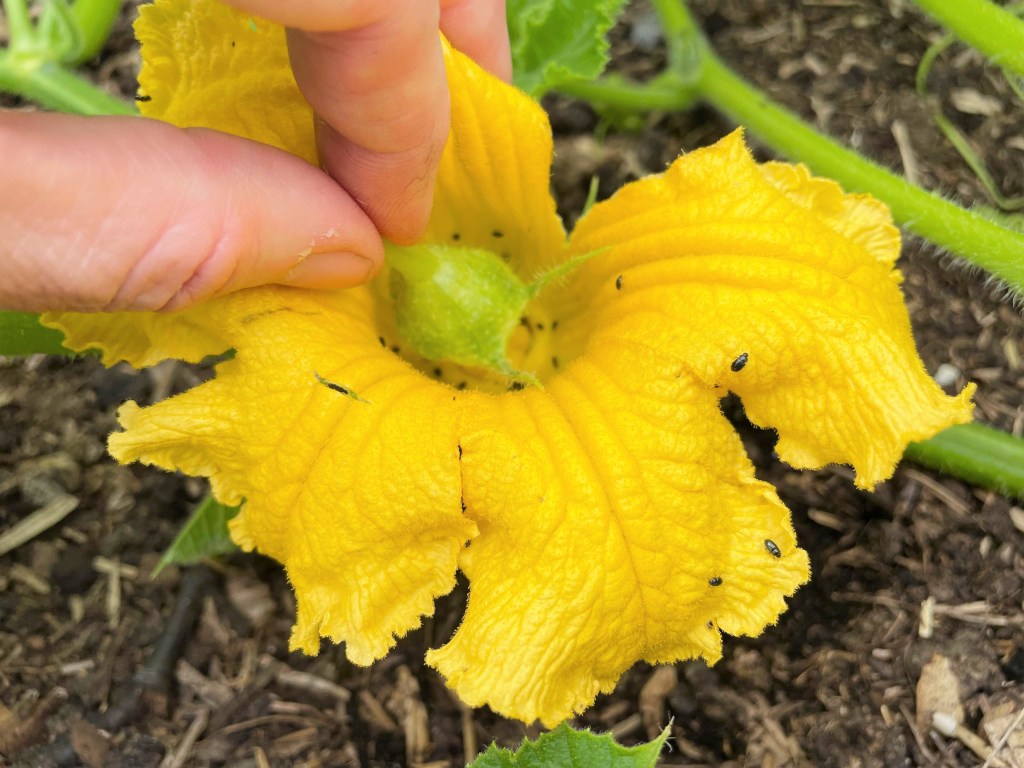
You can cover the stigma to protect it by closing the flower and securing with a piece of string or band, to be honest I never bother to do this if I’m pollinating just for food production, further below in the post I explain why you should for seed saving purposes. The small fruit behind the female flower should continue growing and swelling after the flower has wilted and dropped off, which takes just a few days. If the fruit doesn’t get any bigger and turns yellow/brown it means pollination wasn’t successful, it will eventually rot and drop off. Give it another go if this should happen, or simply leave it to the bees to do the job.
Hand pollinating is also very useful for seed saving heirloom/open pollinated varieties that you wish to keep pure to save buying seed again, be aware that F1 hybrids (first generation) produce seeds which do not breed true but will produce food perfectly fine to eat, just perhaps not what you expected visually! Should you wish to save your own seed and be absolutely sure to keep a variety pure, go out to the garden in the evening and look for a female and male flower that will be ready to open the following morning, the flowers should feel firm and starting to go yellow. Seal the flowers with masking tape or rubber bands to prevent them from opening, this way bees cannot get inside and mix the pollen around before you get to them. Simply remove the tape or bands the following morning then seal the female flower shut again after hand pollinating to prevent insects getting inside which could cause cross pollination, otherwise the seeds collected from that pumpkin may not be pure or true to type. Make a note or mark the hand pollinated pumpkin/squash and collect the seed from the mature fruit towards the end of the year.
Happy pumpkin growing!
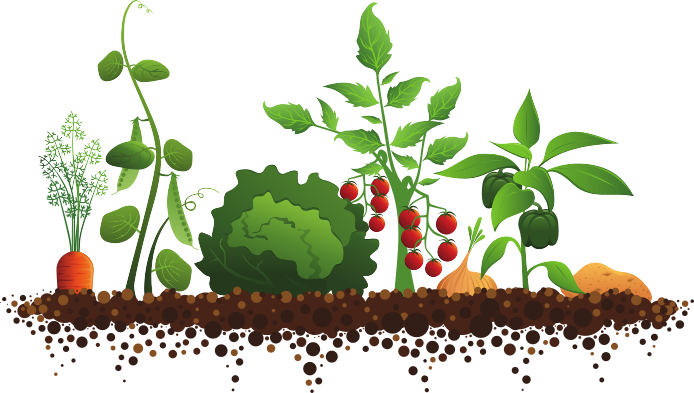


Interesting post and pictures. I don’t grow either so don’t have to faff around doing this. Although I have to say it is clearly worthwhile doing to get good fruit and seeds if you do. xx
LikeLike
Thank you, I find it’s worth the little bit of effort to save seed true to type. xx
LikeLike
Very good advice.
We have never try to pollinate by hand but we should do it !
To collect seeds but also because we love to do new experiments…
LikeLiked by 1 person